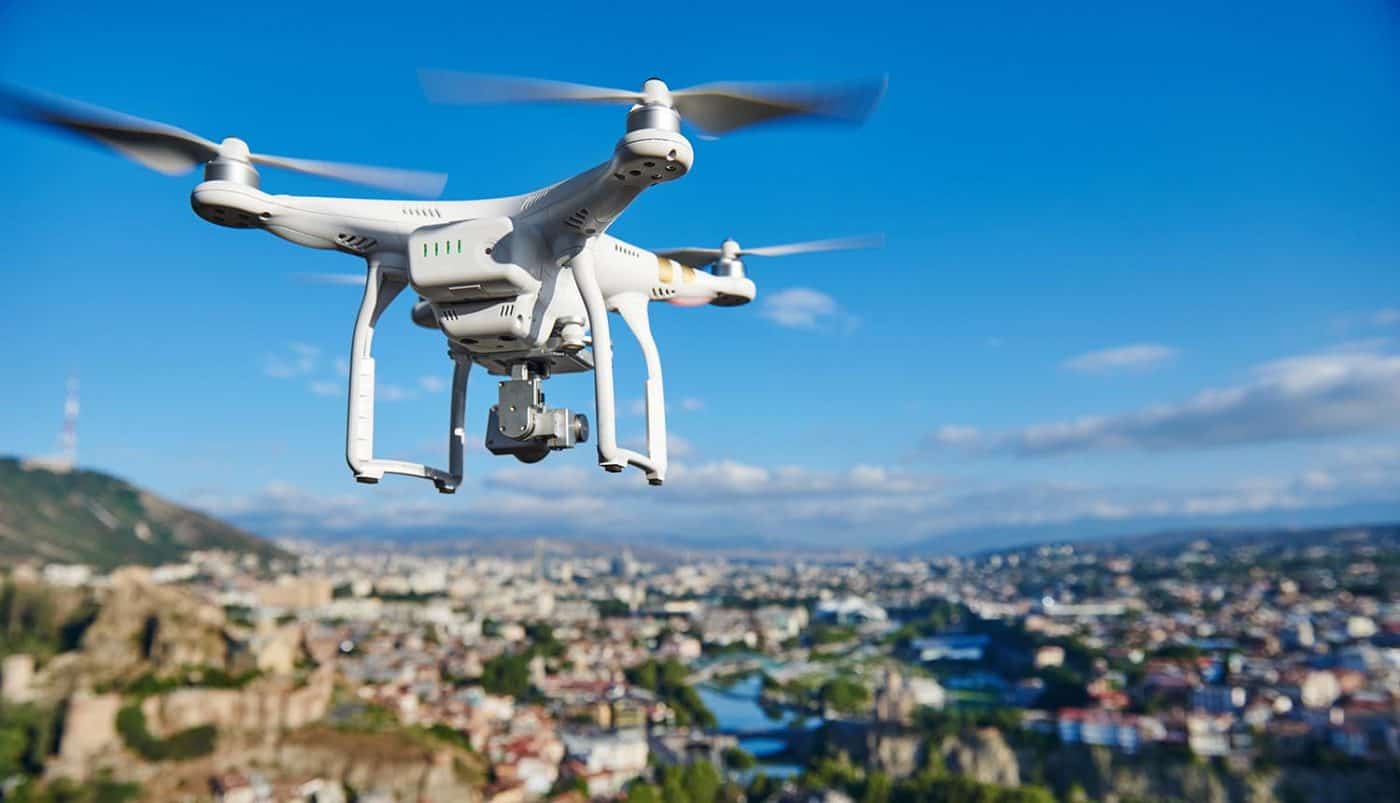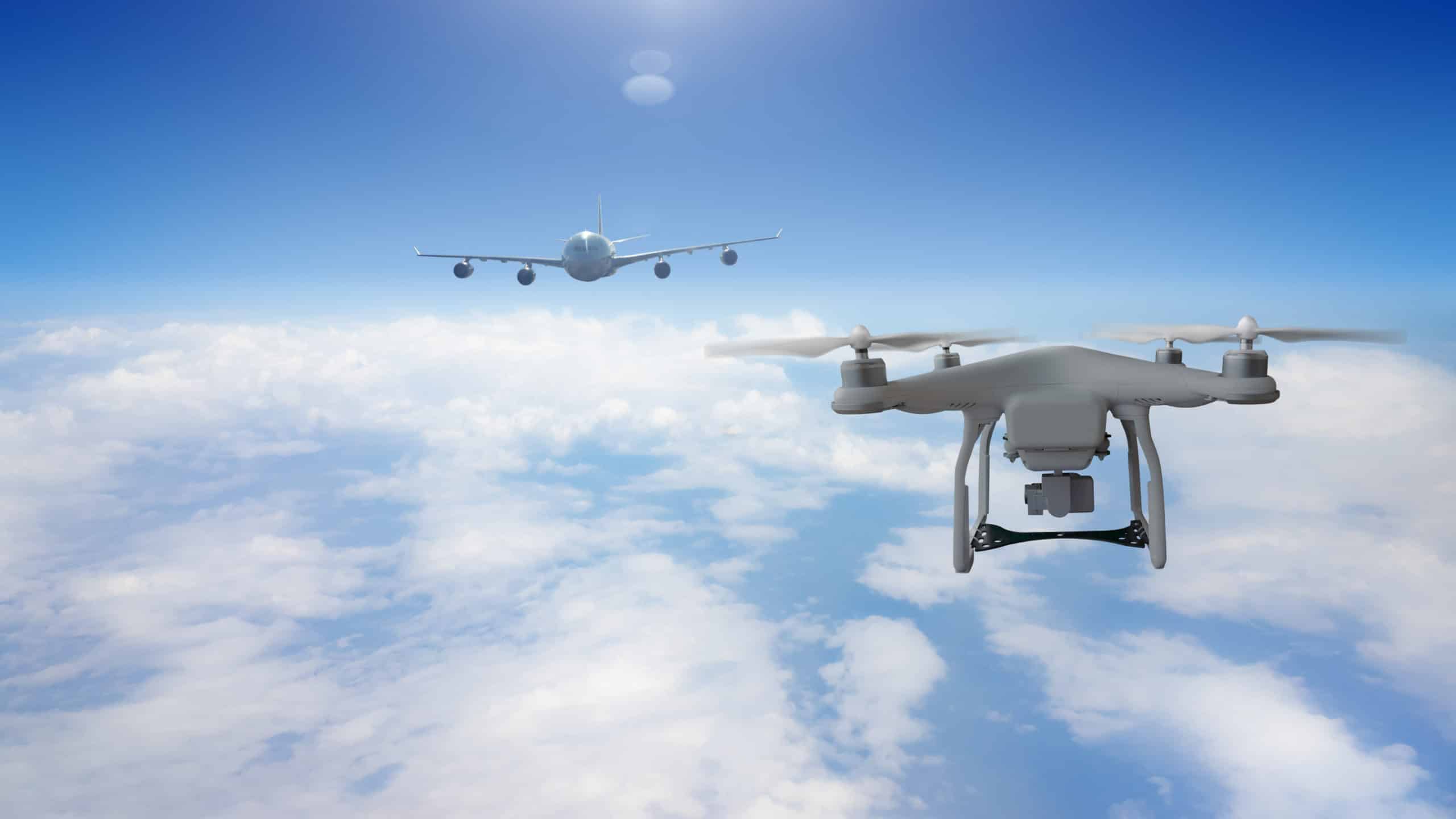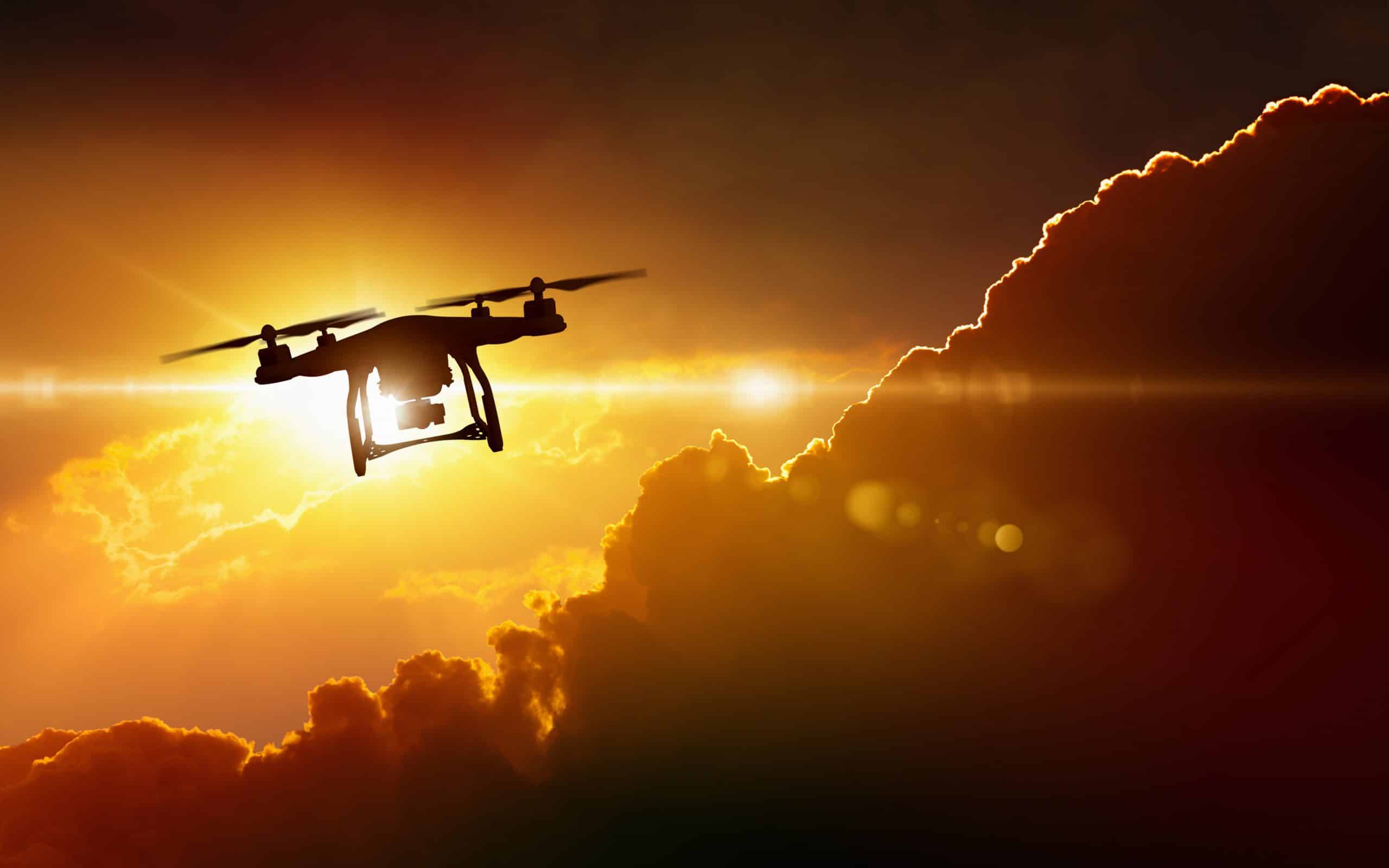Sky elements drones are revolutionizing atmospheric research. Imagine harnessing the power of unmanned aerial vehicles (UAVs) to capture breathtaking aerial footage, not just for stunning visuals, but for crucial scientific data. This technology allows us to study clouds, atmospheric phenomena, and air quality with unprecedented detail, leading to breakthroughs in weather forecasting, pollution monitoring, and our overall understanding of the atmosphere.
From analyzing cloud formations to tracking pollution plumes, drones equipped with specialized sensors are providing valuable insights. This exploration delves into the techniques, applications, and considerations involved in using drones for detailed atmospheric observation. We’ll cover everything from image processing and data analysis to safety regulations and ethical implications.
Sky Element Identification in Drone Footage: Sky Elements Drones
Analyzing sky elements from drone footage presents unique challenges due to factors like resolution, atmospheric conditions, and the diversity of sky phenomena. Effective image processing and sophisticated algorithms are crucial for accurate identification and analysis.
Challenges in Identifying Sky Elements
Drone footage, particularly at lower resolutions, often struggles to capture the fine details of clouds and atmospheric phenomena. Variations in lighting, atmospheric haze, and the dynamic nature of the sky itself add to the complexity. Distinguishing between different cloud types (cumulus, stratus, cirrus, etc.) or identifying subtle atmospheric effects like atmospheric rivers or lenticular clouds requires advanced techniques.
Image Processing Techniques for Enhancing Sky Element Visibility
Several image processing techniques can improve the visibility of subtle sky elements. These include contrast enhancement, sharpening filters, and noise reduction algorithms. Advanced techniques like deconvolution can help restore lost detail in low-resolution videos. Furthermore, multispectral imaging can reveal information not visible to the naked eye, aiding in the identification of specific atmospheric components.
Comparison of Cloud Classification Algorithms
Various algorithms exist for automated cloud classification in drone imagery, each with its strengths and weaknesses. These algorithms typically leverage machine learning techniques, analyzing features like texture, shape, and brightness to classify different cloud types. Some commonly used approaches include convolutional neural networks (CNNs) and support vector machines (SVMs).
Computational Cost and Accuracy of Cloud Detection Algorithms

| Algorithm | Computational Cost | Accuracy | Remarks |
|---|---|---|---|
| Convolutional Neural Network (CNN) | High | High | Requires significant training data and computational resources. |
| Support Vector Machine (SVM) | Moderate | Moderate | Simpler to implement than CNNs, but may not achieve the same level of accuracy. |
| Thresholding-based methods | Low | Low | Simple and fast, but prone to errors due to variations in lighting and atmospheric conditions. |
| Hybrid approaches | Variable | Variable | Combining different algorithms can improve accuracy but increases computational cost. |
Drone Applications Utilizing Sky Elements
The data collected by drones regarding sky elements offers valuable insights for various applications, significantly advancing our understanding of weather patterns, air quality, and atmospheric phenomena.
Weather Forecasting and Prediction Models
Drone-captured data, especially high-resolution images and measurements of cloud properties (height, density, temperature), can improve the accuracy of numerical weather prediction (NWP) models. By providing real-time, localized data, drones supplement traditional weather stations, especially in areas with limited ground-based infrastructure.
Air Quality Monitoring Based on Sky Element Analysis
Drones equipped with sensors can measure pollutants within the atmospheric column, correlating pollutant concentrations with cloud formation and dispersal. This allows for more precise mapping of pollution plumes and a better understanding of how pollutants affect atmospheric processes.
Studying Atmospheric Phenomena
Drones provide a unique platform for studying atmospheric phenomena like lightning and auroras. Equipped with specialized cameras and sensors, they can capture high-resolution images and data from these events, offering valuable insights into their formation and behavior. For example, drones can capture detailed images of lightning strikes, providing data on their intensity and branching patterns.
Sky elements drones are becoming increasingly popular for spectacular light shows, and you can see a prime example of their capabilities at the Niagara Falls drone show. This breathtaking display showcases the technology’s potential for artistic expression and mass entertainment. Witnessing the scale and precision of these sky elements drones in action is truly unforgettable.
Hypothetical Scenario: Pollution’s Impact on Cloud Formation
Imagine a scenario where drones equipped with sensors measuring aerosols, black carbon, and other pollutants are deployed around an industrial area. By comparing cloud formation patterns in areas with high pollution levels to those in cleaner areas, researchers can study the impact of these pollutants on cloud microphysics and precipitation patterns. This data can inform policies aimed at mitigating the effects of pollution on climate.
Technical Aspects of Drone-Based Sky Observation
The success of drone-based sky observation relies heavily on the choice of equipment and a thorough understanding of the environmental factors that can affect data quality.
Thinking about getting into drone racing? Sky elements drones are a popular choice for beginners and pros alike, offering a range of models to suit different skill levels. Check out the awesome selection available at sky elements drones to find the perfect fit for your needs. Whether you’re a seasoned pilot or just starting out, you’ll find high-quality drones and excellent support there to help you take to the skies.
Camera and Sensor Selection
High-resolution cameras with wide dynamic range are essential for capturing detailed images of sky elements. Multispectral and hyperspectral cameras can provide additional information about atmospheric composition. Sensors measuring temperature, humidity, and wind speed further enhance data quality.
Impact of Atmospheric Conditions
Atmospheric conditions significantly impact drone flight and data acquisition. Strong winds, precipitation, and low visibility can limit flight time and data quality. Proper planning and safety protocols are crucial to mitigate these risks. Atmospheric turbulence can also blur images and affect the accuracy of sensor readings.
Factors Affecting Data Accuracy and Reliability
- Sensor calibration and accuracy
- Atmospheric interference (haze, fog)
- Flight stability and positioning accuracy
- Data processing and analysis techniques
- Calibration of sensors against ground-based measurements
Comparison of Drone Platforms, Sky elements drones
Fixed-wing drones offer longer flight times and greater range, suitable for large-scale sky observations. Multirotor drones provide greater maneuverability and stability, ideal for close-range observations and detailed imaging. The choice depends on the specific research goals and environmental conditions.
Data Analysis and Visualization of Sky Elements
Effective data analysis and visualization are crucial for extracting meaningful insights from drone-based sky observations. Sophisticated techniques are needed to handle the large datasets generated.
Processing and Analyzing Large Datasets
Processing large datasets requires efficient algorithms and computational resources. Techniques like cloud computing and parallel processing can be used to handle the massive amounts of data generated by drones. Data cleaning and pre-processing steps are also crucial to ensure data quality and accuracy.
Visualizing Complex Sky Data
Three-dimensional models and interactive maps are powerful tools for visualizing complex sky data. These visualizations can highlight patterns, trends, and anomalies in cloud distribution, atmospheric composition, and other sky elements. For instance, 3D models can illustrate the vertical structure of clouds, while interactive maps can show the spatial distribution of pollutants.
Informative Visualizations

Effective visualizations should be clear, concise, and easy to interpret. They should highlight key findings and support the conclusions drawn from the data analysis. Color schemes, annotations, and interactive elements can enhance the effectiveness of visualizations.
Representing Drone-Acquired Sky Data
| Chart Type | Suitable for | Example | Advantages |
|---|---|---|---|
| Scatter plot | Showing relationships between two variables (e.g., cloud height vs. temperature) | Plotting cloud height against temperature at different altitudes | Simple, effective for visualizing correlations |
| Line graph | Showing changes over time (e.g., pollutant concentration over a period) | Plotting pollutant concentration over 24 hours | Clearly shows trends and patterns over time |
| Bar chart | Comparing different categories (e.g., cloud types, pollution levels at different locations) | Comparing the frequency of different cloud types observed | Easy to compare different groups |
| Heatmap | Showing spatial distribution of data (e.g., pollution levels across a region) | Visualizing pollution levels across a city | Effective for showing spatial patterns and variations |
Safety and Regulatory Considerations
Operating drones for sky observation requires careful consideration of safety and regulatory compliance to ensure responsible and legal operations.
Potential Safety Risks
- Collisions with aircraft near airports
- Loss of control in adverse weather conditions
- Drone malfunction leading to damage or injury
- Privacy concerns regarding data collection
Regulatory Frameworks

Regulations governing drone operations vary by country and region. Researchers must comply with all relevant laws and obtain necessary permits before conducting drone-based sky observations. This includes adhering to airspace restrictions and obtaining permission from relevant authorities.
Best Practices for Safe Operation
- Thorough pre-flight checks and maintenance
- Following established flight procedures and protocols
- Maintaining visual line of sight or using appropriate remote sensing technologies
- Having contingency plans in case of malfunctions
Legal and Ethical Considerations
- Data privacy and security
- Intellectual property rights
- Environmental impact assessment
- Responsible data sharing and dissemination
Closure

The use of drones to observe sky elements is a rapidly evolving field with immense potential. By combining advanced sensor technology with sophisticated data analysis techniques, we can gain a deeper understanding of atmospheric processes and their impact on our planet. While challenges remain in areas like regulation and data processing, the benefits of drone-based atmospheric research are undeniable, paving the way for improved weather forecasting, more effective pollution control, and a more comprehensive understanding of our environment.
Quick FAQs
What types of sensors are commonly used on drones for sky element observation?
Common sensors include high-resolution cameras, multispectral and hyperspectral cameras, lidar, and various gas sensors depending on the specific research goals.
How do I obtain the necessary permits to fly a drone for research purposes?
Permitting requirements vary by location and intended use. Check with your local aviation authority (e.g., FAA in the US) for specific regulations and application processes.
What are the limitations of using drones for sky element observation?
Sky elements drones are changing the game, offering incredible possibilities for aerial photography and data collection. Thinking about delivery, though, check out the expanding network of amazon drone delivery locations to see how this technology is impacting everyday life. This shows the practical applications of sky elements drones, expanding beyond just hobbyist use.
Limitations include flight time restrictions, weather dependencies, potential interference from atmospheric conditions, and data storage capacity.
How can I process and analyze the large datasets obtained from drone-based sky observations?
Specialized software and cloud computing platforms are often necessary for processing and analyzing large drone datasets. Familiarize yourself with GIS software and programming languages like Python, which offer various libraries for image processing and data analysis.